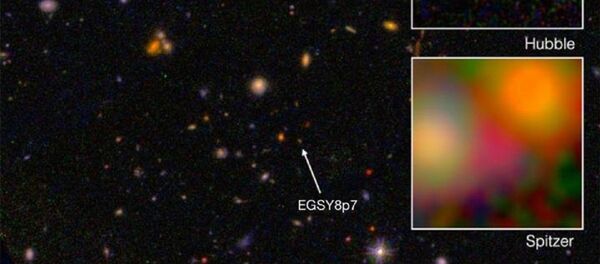A European Space Agency (ESA) spacecraft, the LISA Pathfinder, which blasted off into space in 2015 on a quest to study gravitational waves, may also provide valuable insight into the nature of another enigmatic phenomenon known as interplanetary dust, according to Physics World magazine.
"What makes this technique possible is the exquisite precision of LISA Pathfinder’s sensors. A laser interferometer was used to measure the distance between the test masses and the spacecraft with a precision of less than one trillionth of a metre", team member Ira Thorpe of NASA’s Goddard Space Flight Centre explained.
The study suggests that the bulk of the dust which pervades space in the vicinity of our planet originates from Jupiter-family comets "with some evidence for a smaller contribution from Hailey-type comets”, with Thorpe remarking that “this is entirely consistent with models based on other independent observations".
The magazine also notes that Mark Jones, an expert in the zodiacal dust cloud based at the Open University in the UK, said that this study "provides a novel way to distinguish between various cometary and asteroid dust sources – something which has been a topic of debate for many years".
While Jones pointed out that there’s currently not enough data “for the study to give high-quality information about the sources of dust”, he argued that the “technique appears to be sound and offers a lot of promise”.


